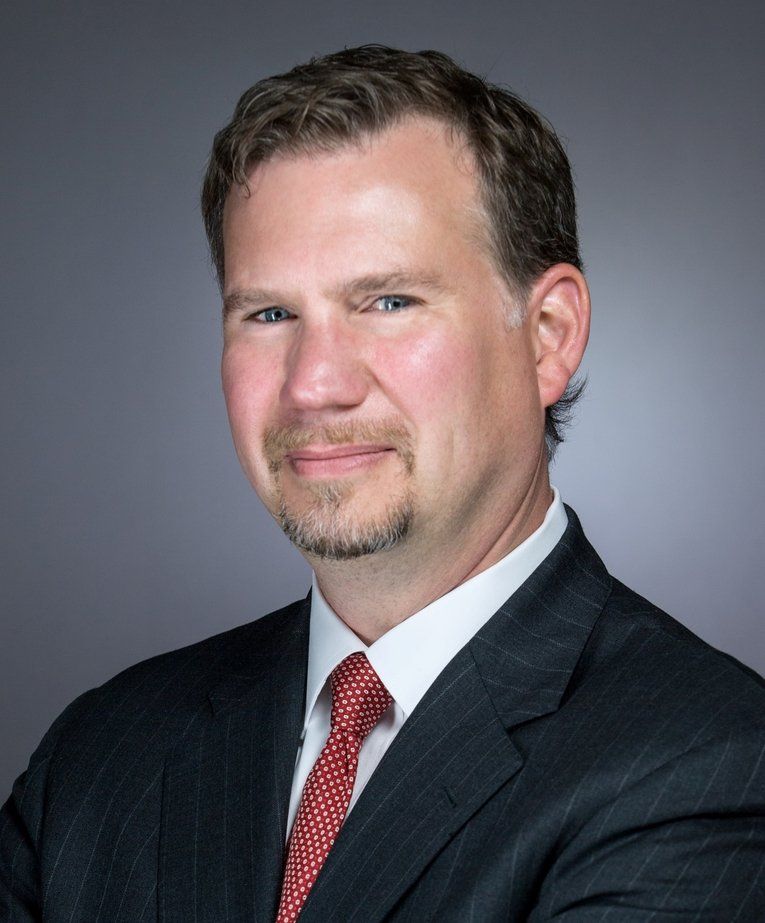Ours is an exciting time for compliance, as emerging technologies change the landscape as jurisdictions reassess their regulations. That brings opportunity and DigiPli is meeting the challenge, cofounder and CEO Jeff Horvath said.
The regtech firm’s onboarding-as-a-service provides a new method by which fintechs and traditional institutions meet their AML requirements, with a combination of cutting-edge technology and SaaS-based delivery model providing an end-to-end solution.
Mr. Horvath and cofounder Jeffrey Ruiz have a combined half-century in compliance with the two working together at Deutsche Bank (Mr. Horvath was also global chief compliance officer at Fitch Ratings).
Such central compliance roles leave one well-versed in the plumbing of a firm’s compliance and monitoring systems, Mr. Horvath said. While at Deutsche Bank the two future business partners began discussing issues they saw in the industry, and a few years later they decided to start a company which figures out how to more efficiently leverage technology and process extraordinary manual procedures into a more streamlined and efficient system.
This occurs at a point where established institutions with their heavy compliance burdens and unique technology challenges are facing off with fintechs who approach compliance in a myriad of ways and with different urgency levels.
“What we wanted to do was build the package that would help fintechs and other financial institutions scale their AML infrastructure in a way they weren’t able to do before,” Mr. Horvath explained.
That would replace what for many is a patchwork system of solutions which developed over time in a whack-a-mole fashion where an issue pops up and personnel find a solution for it. In its place would be an end-to-end system designed for each company which integrates multiple components and comes with support throughout including when new regulations mandate system changes. Compliance staff can receive a notification of an issue and receive a file via email which addresses the problem.
That process will be attractive to newer fintechs who sometime kick the compliance can as far down the road as they can. With technology changing so rapidly, the focus is on getting a minimum viable product out there and adjusting as they go. What resources they have are understandably focused on product development and marketing.

That comes with its risks, as the regulators can come knocking at any time and funders can worry if their investment is at risk. With DigiPli’s holistic service model, there is no need to avoid what can admittedly be a daunting compliance burden. That model also works for older firms who have passed regulatory exams and are afraid of taking radical technological measures for fear of running afoul of the overseers.
The improvements in a client’s system are done through API integration that ingests data, runs processes and produces results via a second API. That way companies don’t have to spend a year implementing something on site before rolling it out.
“Because it’s all APIs it can be run parallel to existing systems and you can compare apples to apples or apples to oranges,” Mr. Horvath said.
Mr. Horvath said the Anti-Money Laundering Act of 2020 contains some components firms of all types should be aware of. Calling it the biggest change to AML enforcement since the Patriot Act, he said one big improvement is the codification of existing guidance from FinCEN into a clear description of their ability to regulate cryptocurrency and digital assets. Some companies were stating that because these new asset classes were not specified in past legislation that FinCEN had no authority over them
“It codified and put to bed the argument that FinCEN lacks statutory authority in this space,” Mr. Horvath said.
The new act also tightens the rules on beneficial ownership, which in the absence of clear guidance and lists forced financial institutions to complete their own due diligence to figure out who the owners were. That was a massive burden to industry, especially those with complex international structures. While it will take a few years to roll out, Mr. Horvath said it is a good move.
The most controversial change has to do with the requirement that those responsible for overseeing and implementing an AML program have to be physically located in the United States and therefore subject to the jurisdiction of American regulators. The focus is on firms in multiple locales including the United States who can avoid their AML responsibilities by taking off to a more hands-off jurisdiction.
This raises plenty of questions, Mr. Horvath said. Does the head of AML for a company have to reside stateside or does the whole department. Where do the actual systems have to be located?
“There’s a lot of interpretive questions which are going to be needing guidance for those financial institutions that are registered in multiple jurisdictions especially since other jurisdictions have this same requirement,” Mr. Horvath said.
Different regulators are approaching new financial technology in their own unique ways, Mr. Horvath said. Some, like FinCEN, the OCC and some state finance departments, set of innovation hours where groups of industry people get together to discuss issues.
“Some regulators are actively seeking to understand how it impacts the market, others I think are a little bit slower,” Mr. Horvath said.
One benefit of the current slowdown is firms have more time to devote to improving their compliance obligations, Mr. Horvath said. Many are moving away from a patchwork process to a more holistic approach that fits in with infrastructure. It captures a remote support model where service providers can provide added value to fintechs and institutions so they can focus on their products.
“Regulation is important but it shouldn’t be driving the strategy,” Mr. Horvath said. “It should be supportive of and part of the strategy and I think that can be effectively done through partnerships as opposed to just intrinsically embedding that in an organization’s architecture.”









